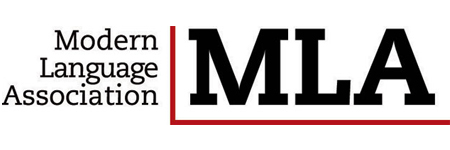I Called upon God, Muhammad, and Ali: Invocation as an Esthetic Dynamic in the Poetry and Context of Shah Hatâyî
DOI:
https://doi.org/10.24082/abked.2017.15.006Keywords:
Shah Hatâyî, Alwaite-Bektaşî poetry, Aesthetics, Turns of Phrase, NiyâzAbstract
Shah Hatâyî, born in 1487 in the city of Erdebil, was a figure who had left a great impact on Turkish history, Sufi mystic culture, and literature, especially Alawite-Bektashi literature. The word Niyâz, which within both the Turkish language and Turkish culture carries a broad range of meanings such as “devotion and prayer”, “invocation and summoning”, “showing love, friendship, salutation, and reverence”, and “appeal and invocation within the context of guilt and sin”, at the same time underpins the literary style and esthetics of the poetry of Hatâyî’. In essence, Hatâyî’s esthetics and poetry to a considerable extent bear invocation as a characteristic. Hatâyî’s poetry, which bears much resemblance to the poetics of the verses performed at Alawite-Bektashi rituals, specifically makes mention of God, Muhammad, and Ali–the three fundamentals of Turkish Sufi culture and its ontology–in addition to other higher powers, saints, and mystics. In this sense, the key feature of Hatâyî’s poetry is its being written in an invocative style that shapes the principle esthetics of this aforementioned structure. In this carefully researched paper, Hatâyî’s poetry has been analyzed within the context of the concept of “invocation”, the form invocation takes as a contextual and stylistic element and as an underlying aesthetic, as well its relationship and interaction with the poetic verses performed during Alawite-Bektashi rituals.








